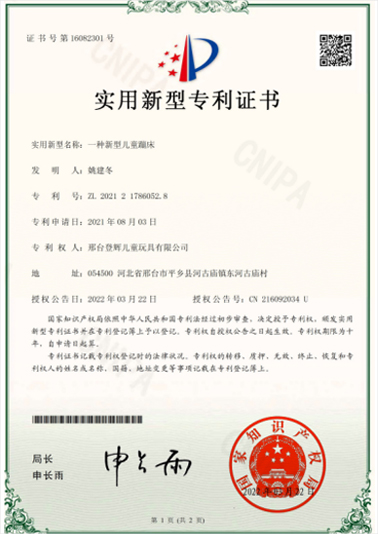How Self-Balancing Scooters Work
How Self-Balancing Scooters Work
Self-balancing scooters, commonly known as hoverboards, have gained immense popularity in recent years as a fun and innovative mode of transportation. These two-wheeled electric devices allow riders to move with ease and agility. But how do they work to keep the rider balanced without falling?
At the core of a self-balancing scooter is a sophisticated system of sensors and gyroscopes that work together to maintain equilibrium. The key component is the Inertial Measurement Unit (IMU), which includes accelerometers and gyroscopes. These devices continuously measure the angle of tilt and changes in speed. When you step onto the scooter, the IMU detects the shift in balance and orientation, sending signals to the scooter's control board.
The control board is essentially the brain of the scooter. Once it receives data from the IMU, it processes this information and adjusts the power supplied to the wheels accordingly. For instance, if the rider leans forward, the control board increases power to the motors at the front wheels, propelling the scooter forward to maintain balance. Conversely, if the rider leans backward, the power is directed to the rear wheels to slow down and stop.
self balancing scooter how it works

Moreover, self-balancing scooters are equipped with powerful electric motors located in each wheel. These motors provide the necessary torque to facilitate movement and maintain balance. The combination of the IMU and the motors ensures that the scooter reacts in real-time, allowing for smooth navigation over various terrains, including flat surfaces and slight inclines.
Riders control the device using their body weight. Leaning in a particular direction causes the scooter to accelerate, while shifting weight backward helps to stop or reverse. This intuitive control mechanism makes self-balancing scooters accessible to users of all ages, as no prior experience is required to operate them.
Additionally, self-balancing scooters often come with features such as LED lights, Bluetooth speakers, and mobile app connectivity, enhancing the overall riding experience. Safety is also a primary consideration, with many models incorporating anti-slip footpads and speed limits to ensure a secure ride.
In conclusion, self-balancing scooters operate through a sophisticated interplay of sensors and motors, allowing riders to maintain balance and control their movement seamlessly. As technology continues to advance, we can expect further improvements in performance and safety features, making these innovative devices even more appealing for personal transportation. Whether for leisure or commuting, hoverboards offer an exciting, eco-friendly alternative that resonates with a growing audience worldwide.
-
Understanding Voltage in Battery for Children's Motorized CarNewsJun.05,2025
-
Safety Features to Look for in an Electric Car for KidsNewsJun.05,2025
-
How to Teach Your Child to Ride a Kids MotorcycleNewsJun.05,2025
-
How to Prevent Falls on a Balanced ScooterNewsJun.05,2025
-
How to Maintain Your 3 Wheeled Scooter for LongevityNewsJun.05,2025
-
Best Motorcycle Scooters for Urban CommutingNewsJun.05,2025
